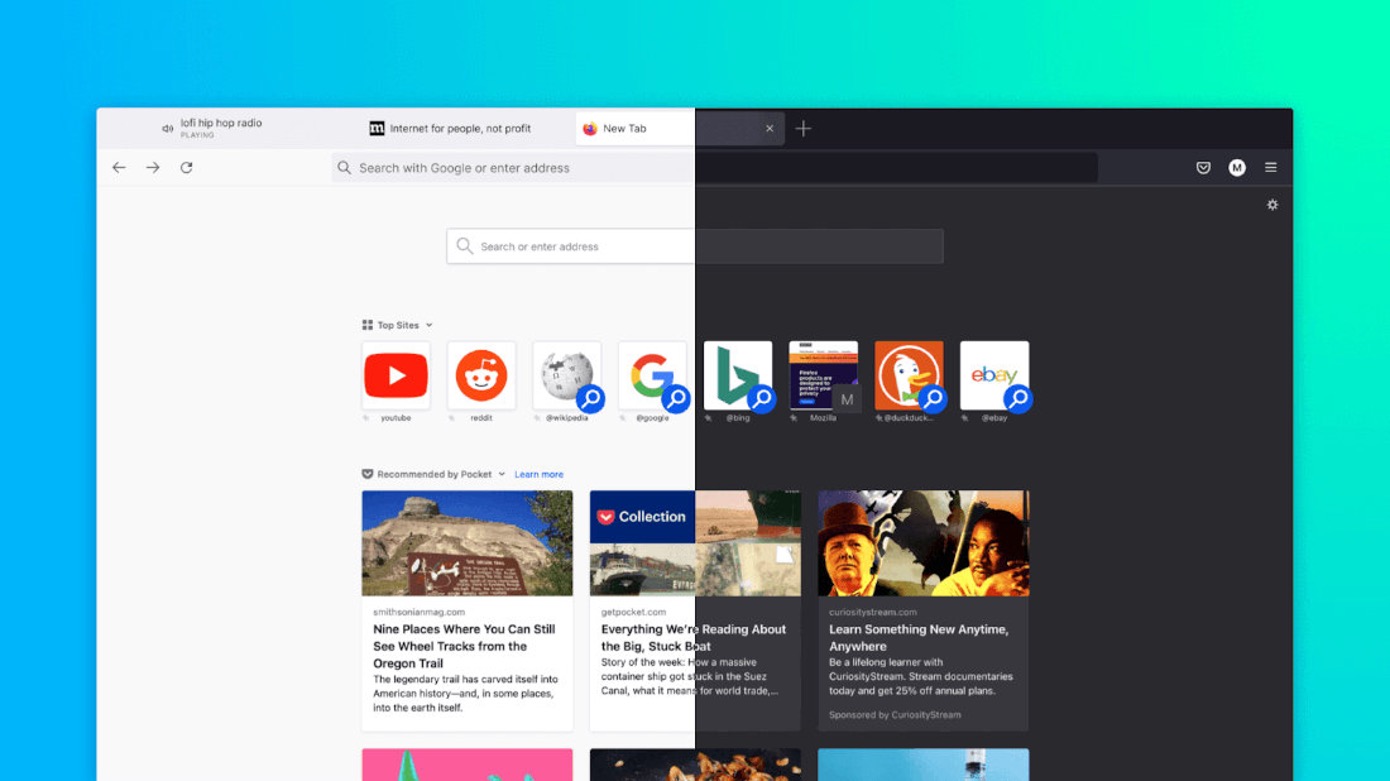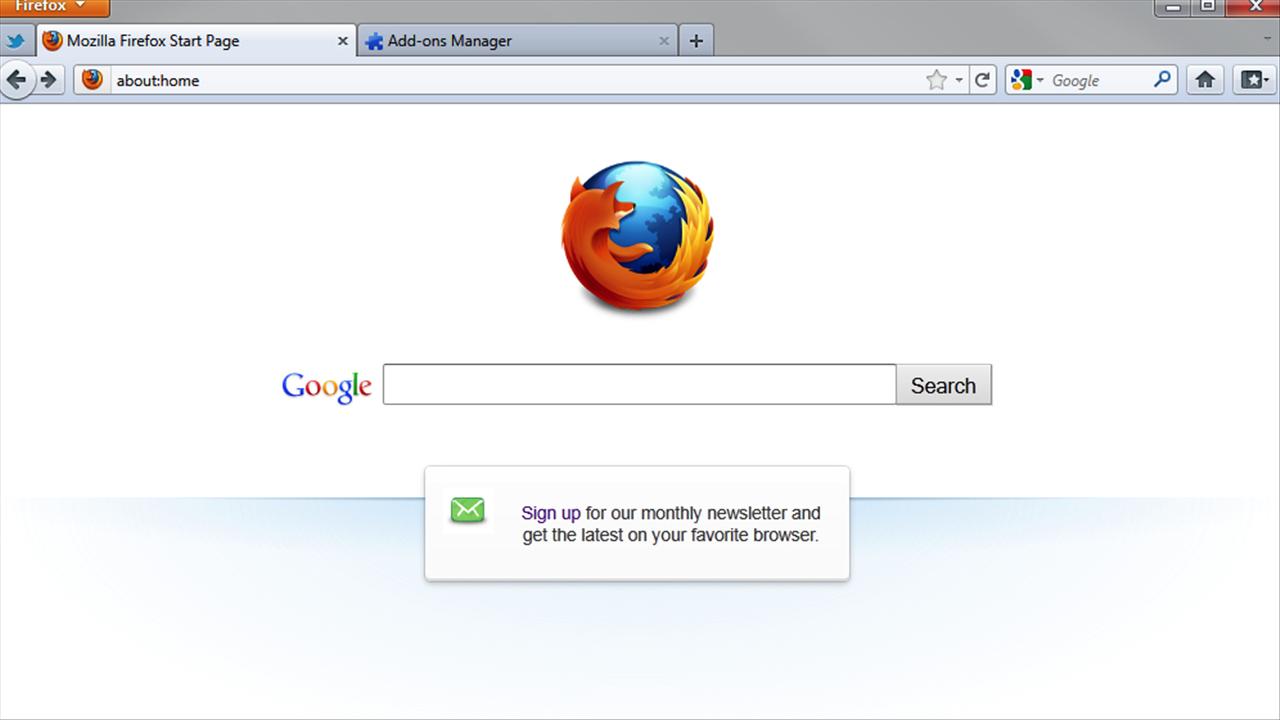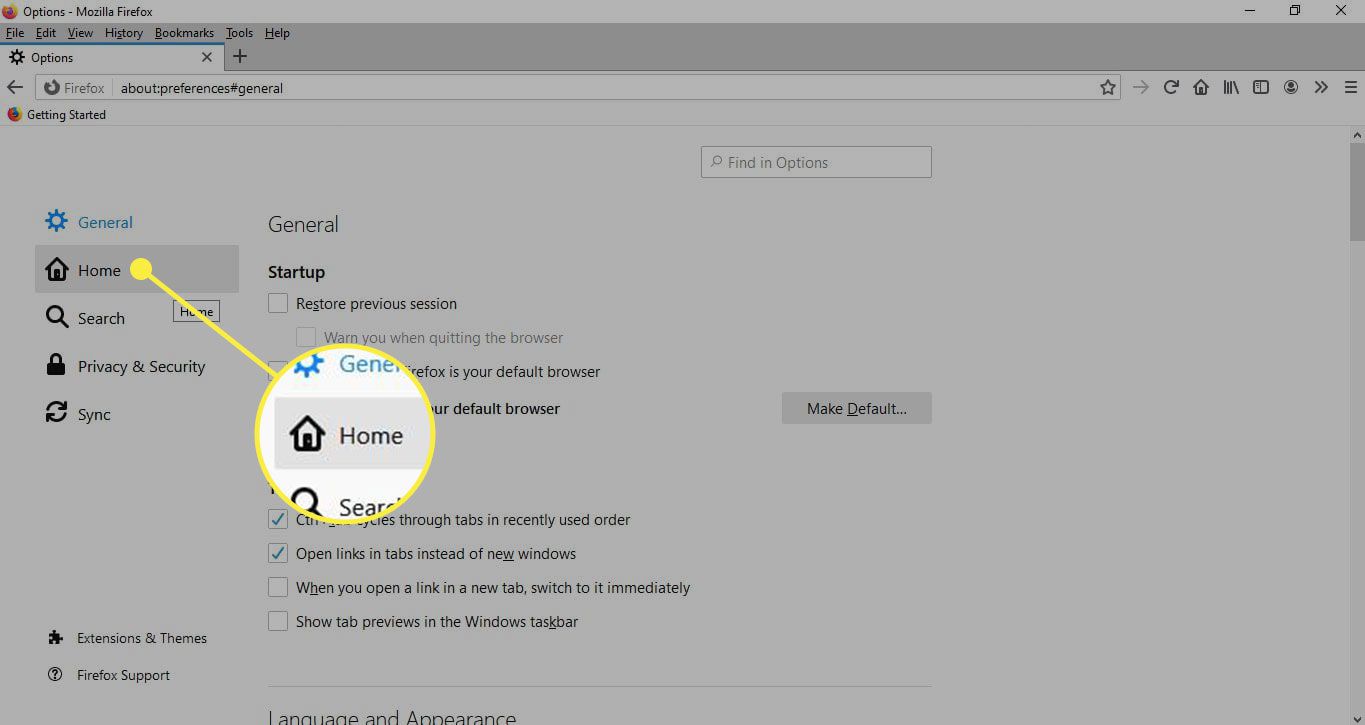Introduction
Are you a fan of the older versions of Firefox and miss the familiar interface and features? Perhaps you've encountered compatibility issues with certain extensions or add-ons in the latest Firefox release, and you long for the simplicity and functionality of a previous version. Fortunately, you can easily revert to an older version of Firefox, allowing you to relive the browsing experience you cherish.
In this guide, we'll walk you through the steps to go back to an older version of Firefox. Whether you're seeking a specific feature, a beloved add-on, or a more familiar user interface, this process will enable you to customize your browsing experience to your preferences. By following these steps, you can regain access to the version of Firefox that best suits your needs and preferences.
Let's embark on this journey to rediscover the Firefox version that resonates with you. Whether it's for nostalgia, functionality, or personal preference, taking this step will empower you to tailor your browsing experience to align with your unique requirements and desires. So, without further ado, let's delve into the process of reverting to an older version of Firefox and reclaim the browsing experience you hold dear.
Step 1: Uninstall the current Firefox version
Before reverting to an older version of Firefox, it's essential to uninstall the current version from your system. This process ensures a clean slate for the installation of the older version, minimizing potential conflicts and ensuring a smooth transition. Here's a detailed guide on how to uninstall the current Firefox version from your computer:
-
Open the Control Panel: To begin the uninstallation process, navigate to the Control Panel on your Windows system. You can access the Control Panel by clicking on the Start menu and typing "Control Panel" in the search bar.
-
Select "Uninstall a Program": Within the Control Panel, locate the "Programs" section and click on "Uninstall a Program." This action will display a list of installed programs on your computer.
-
Locate Mozilla Firefox: Scroll through the list of installed programs to find Mozilla Firefox. Once located, click on it to initiate the uninstallation process.
-
Initiate Uninstallation: After selecting Mozilla Firefox, click on the "Uninstall" option at the top of the program list. This action will prompt a confirmation dialog to verify your decision to uninstall Firefox.
-
Follow the Uninstallation Wizard: Upon confirmation, the Firefox Uninstallation Wizard will launch, guiding you through the process of removing the current version from your system. Follow the on-screen instructions to complete the uninstallation.
-
Remove User Data: During the uninstallation process, you may be prompted to choose whether to remove user data, such as browsing history, bookmarks, and saved passwords. Depending on your preference, select the appropriate option to proceed.
-
Complete the Uninstallation: Once the uninstallation process is complete, you will receive a notification confirming the successful removal of Mozilla Firefox from your computer.
By following these steps, you can effectively uninstall the current version of Firefox from your system, paving the way for the installation of an older version. This process sets the stage for a seamless transition to the Firefox version of your choice, allowing you to tailor your browsing experience to your preferred specifications. With the current version uninstalled, you are now ready to proceed to the next step of downloading the older version of Firefox.
Now that the current version of Firefox has been uninstalled, let's move on to the next step of downloading the older version to continue the process of reverting to a previous Firefox release.
Step 2: Download the older version of Firefox
Now that the current version of Firefox has been uninstalled, the next crucial step in reverting to an older version is to download the specific release that aligns with your preferences. Mozilla maintains an archive of previous Firefox releases, making it possible to access and download older versions of the browser. Here's a detailed guide on how to download an older version of Firefox:
-
Access the Mozilla Firefox Archive: Open your preferred web browser and navigate to the official Mozilla Firefox archive page. This archive contains a comprehensive list of previous Firefox releases, allowing you to select the specific version you wish to download.
-
Browse the Available Releases: Upon accessing the archive, you will encounter a chronological list of Firefox releases, spanning from the earliest versions to the most recent. Scroll through the list to locate the version that corresponds to your desired release. Each entry in the archive includes the version number and release date, enabling you to identify the specific iteration you wish to download.
-
Select the Desired Version: Once you've identified the target release, click on the corresponding entry in the archive to access the download page for that particular version. This page provides detailed information about the selected release, including the release notes and download links for various operating systems.
-
Choose the Operating System: On the download page, select the appropriate operating system for your computer. Whether you're using Windows, macOS, or Linux, ensure that you choose the correct platform to download the compatible version of Firefox.
-
Initiate the Download: After selecting the operating system, click on the download link to commence the retrieval of the older Firefox release. Depending on your internet connection speed, the download process may take a few moments to complete.
-
Verify the Downloaded File: Once the download is finished, navigate to the designated download location on your computer to verify the presence of the downloaded Firefox installation file. Ensure that the file corresponds to the version you intended to download, as indicated on the Mozilla archive page.
By following these steps, you can successfully download the older version of Firefox, bringing you one step closer to reinstating the browsing experience that resonates with your preferences. With the specific release now in your possession, the subsequent step involves installing the older version of Firefox on your system, marking a pivotal stage in the process of reverting to a previous Firefox release.
Step 3: Install the older version of Firefox
With the older version of Firefox now downloaded to your computer, the next crucial step is to proceed with the installation process. Installing the older version will enable you to reintroduce the familiar interface, features, and functionalities that align with your preferences. Here's a comprehensive guide on how to install the older version of Firefox:
-
Locate the Downloaded Installation File: Navigate to the designated download location on your computer where the older version of Firefox is stored. Locate the downloaded installation file, which typically bears the ".exe" extension for Windows, ".dmg" for macOS, or a similar format for Linux.
-
Initiate the Installation Process: Double-click on the downloaded installation file to launch the Firefox Setup Wizard. This action will commence the installation process, guiding you through the necessary steps to install the older version of Firefox on your system.
-
Choose Installation Options: As the Firefox Setup Wizard launches, you may encounter options related to the installation process, such as the installation directory and shortcuts. Review and customize these options based on your preferences before proceeding with the installation.
-
Follow the Installation Wizard: The Firefox Setup Wizard will present a series of prompts and options to configure the installation settings. Follow the on-screen instructions to navigate through the installation process, ensuring that you adhere to any specific preferences or requirements for the older version.
-
Complete the Installation: Once you've customized the installation options and confirmed your preferences, proceed with the installation by clicking on the "Install" or "Next" button, depending on the prompts presented by the Firefox Setup Wizard. This action will initiate the installation of the older version of Firefox on your computer.
-
Finalize the Installation: Upon completion of the installation process, you will receive a notification confirming the successful installation of the older version of Firefox. Depending on your system settings, you may also have the option to launch Firefox immediately after installation.
By following these steps, you can seamlessly install the older version of Firefox, bringing you closer to rekindling the browsing experience that resonates with your preferences. With the installation process now complete, the final step involves configuring the browser settings to disable automatic updates, ensuring that your chosen version remains unchanged and aligned with your desired specifications.
Step 4: Disable automatic updates
After successfully installing the older version of Firefox, it's crucial to disable automatic updates to prevent the browser from automatically updating to the latest version. This step is essential to maintain the specific version you've chosen and ensure that it remains consistent with your preferences. Here's a detailed guide on how to disable automatic updates in Firefox:
-
Access the Options Menu: Open the Firefox browser and click on the menu icon located in the upper-right corner of the window. From the dropdown menu, select "Options" to access the browser settings.
-
Navigate to the General Settings: Within the Options menu, navigate to the "General" tab, which contains general browser settings and preferences. This tab serves as the entry point for configuring various aspects of Firefox.
-
Locate the Firefox Updates Section: Scroll down within the General tab to locate the "Firefox Updates" section. This section contains options related to the browser's update settings, including the ability to enable or disable automatic updates.
-
Disable Automatic Updates: Within the Firefox Updates section, uncheck the box next to "Automatically install updates (recommended: improved security)" to disable automatic updates. By unchecking this option, you effectively prevent Firefox from automatically updating to newer versions without your consent.
-
Customize Update Preferences (Optional): Depending on your preferences, you may also have the option to customize update preferences further. For example, you can choose to be notified about available updates without automatically installing them, giving you the flexibility to review and choose updates manually.
-
Save the Changes: After customizing the update settings, click on the "OK" or "Save" button to apply the changes and exit the Options menu. This action ensures that the updated update preferences are saved and implemented within the browser.
By following these steps, you can effectively disable automatic updates in Firefox, safeguarding the specific version you've installed and ensuring that it remains unchanged according to your preferences. This proactive approach empowers you to retain control over the browser's update process, allowing you to curate your browsing experience based on the version that best aligns with your needs and preferences.
With automatic updates disabled, you have successfully completed the process of reverting to an older version of Firefox, tailored to your unique specifications and preferences. Whether it's for compatibility reasons, familiarity, or specific features, this approach enables you to reclaim the browsing experience that resonates with you, providing a personalized and customized environment for your online activities.
Conclusion
Congratulations! By following the comprehensive steps outlined in this guide, you have successfully reverted to an older version of Firefox, tailored to your specific preferences and requirements. This proactive approach empowers you to curate your browsing experience, ensuring that it aligns with the version of Firefox that best resonates with you. Whether you sought a familiar interface, specific features, or compatibility with beloved extensions, this process has enabled you to reclaim the browsing environment that suits your needs.
Reverting to an older version of Firefox offers a myriad of benefits, including the ability to leverage familiar functionalities, maintain compatibility with legacy add-ons, and customize your browsing experience based on your unique preferences. By uninstalling the current version, downloading the specific release from the Mozilla archive, and installing the older version, you have taken control of your browsing environment, tailoring it to your desired specifications.
Furthermore, by disabling automatic updates, you have safeguarded the chosen version, ensuring that it remains consistent with your preferences without the risk of automatic updates altering the browsing experience. This proactive measure empowers you to retain control over the browser's update process, allowing you to curate your browsing environment based on the version that best aligns with your needs and preferences.
Reverting to an older version of Firefox is a testament to the flexibility and customization options available to users, enabling you to shape your browsing experience according to your preferences. Whether you seek a specific feature set, a familiar user interface, or compatibility with legacy extensions, this process empowers you to tailor your browsing environment to align with your unique requirements.
As you embark on this journey with your chosen version of Firefox, remember that this approach offers a personalized and customized environment for your online activities. Embrace the familiarity, functionality, and tailored experience that the older version provides, and relish in the ability to navigate the web according to your preferences.
With the older version of Firefox now at your fingertips, you are poised to rediscover the browsing experience that resonates with you, offering a seamless and personalized environment for your online endeavors. Enjoy the familiarity, embrace the tailored features, and navigate the web with the version of Firefox that best suits your needs and preferences.

























